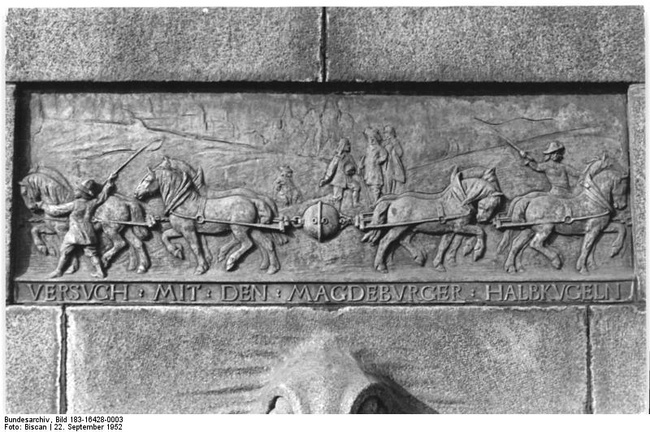8th Stan
Introduction
Let
us consider some day to day activities in your life. These most probably
include running, catching a ball, hitting a ball from bat, goal keeping, jumping,
etc. In all such activities we are changing the state of motion of some object,
i.e. either an object is made to come at rest or to move faster or to change
its direction of motion.
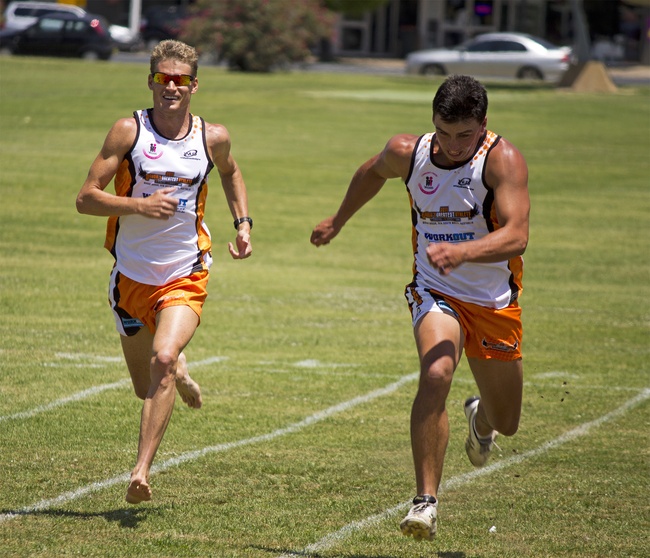
Man running thus increasing his speed
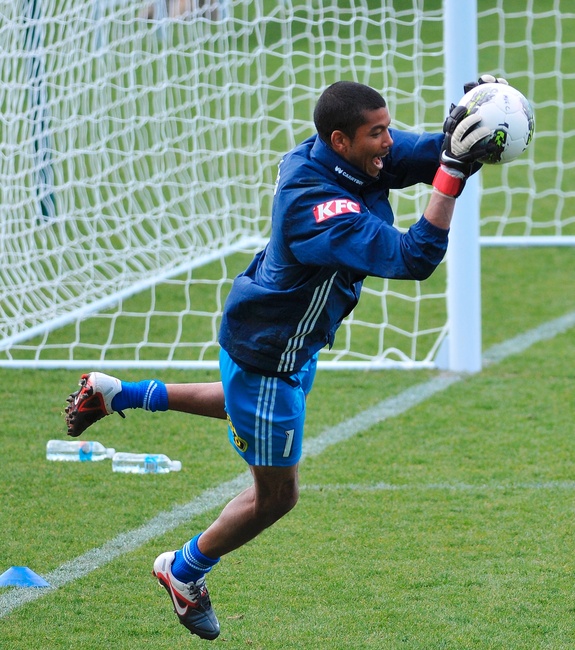
Stopping a ball thus bringing it to rest
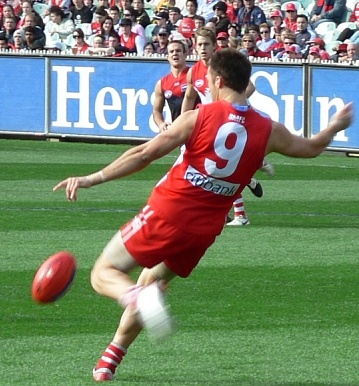
Kicking a ball so as to bring it to motion
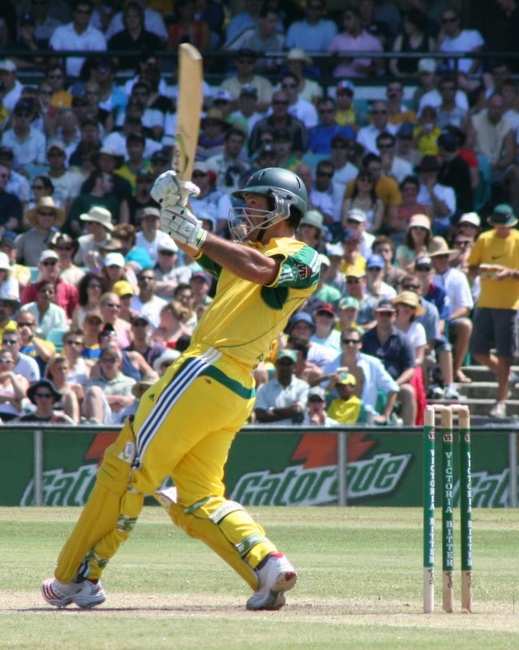
Changing the direction of ball using force from bat
Force: Push or Pull
PUSH: Applied force intended to drive.
PULL: Action which acts in direction of the origin
of force.
So
based on above definition, we will try grouping all the actions into namely two
categories: Push and Pull.
Generally, Forces are described as push or pull on an object.
Image on the right shows an activity demonstrating pull action (pulling the rope). And image on the left shows an activity demonstrating a push action(pushing the ground so as to lift the body).
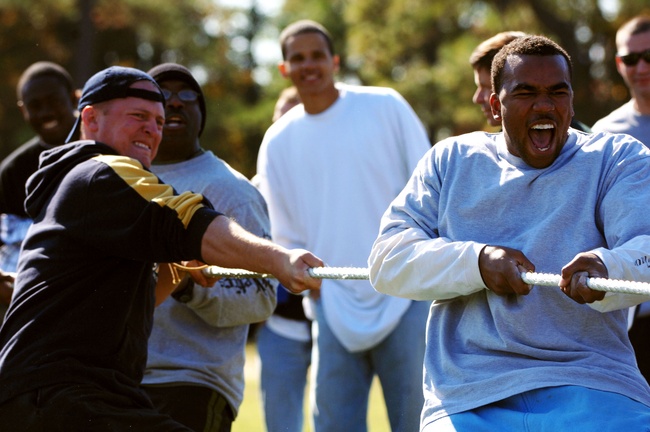
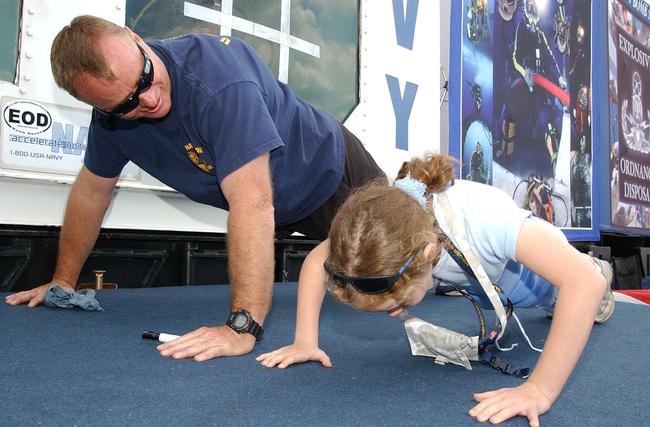
Force: Occurs due to Interaction
At least two objects must interact for a force to play a role. Interaction between the objects can be physical or non-physical.
Ex of Physical Interaction: pulling a rope, hitting a ball with bat, etc.
Ex of non-Physical interaction: Magnetic force, electrostatic force, gravitational force, etc.
We are going to discuss them in detail as we move ahead in this chapter.
More about Force
A
force has both magnitude and direction. Strength of a force is expressed by its
magnitude. But to completely determine a force we need to specify both
direction and magnitude as if the direction or magnitude of the applied force
changes its effect changes.
Example: Consider a Box kept on a horizontal ground. Figure A (below) depicts that the force might move the box if it is of proper magnitude. But in case of figure B (below), no matter how much force you apply the box is never going to move.
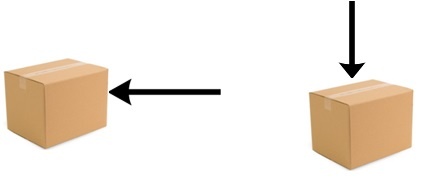
(A) (B)
Forces applied on an object in same direction add to one another. So the net force in this case will be the summation of the forces.
While
In case, Forces are applied on an object in opposite direction, then the net force will be difference of both the forces.
Effects of Force
Change in State of motion
State
of motion of is described by direction of motion and speed of the object. Even
if the speed of object is zero it is to be considered in state of motion which
is referred to as state of rest. State of motion of an object cannot change
until and unless some force acts on the object.
Example of increase in speed: Consider the image beside; as the player kicks the ball the changes its speed from zero to a non-zero value thus changing the state of motion of the ball. Similar situation can be thought when a player kicks a moving ball in the game(increasing the speed of moving object)
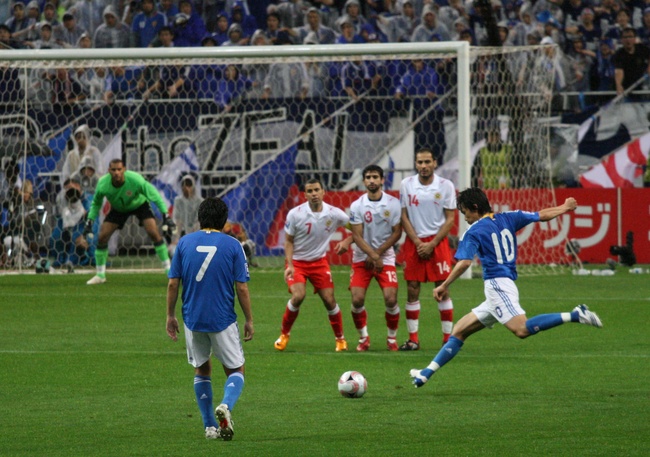
Example of decrease in speed:
The image in the side shows
that as the dog catches the ball its speed comes down from a non-zero value to
a zero value, which finally results in change of state of motion of the ball
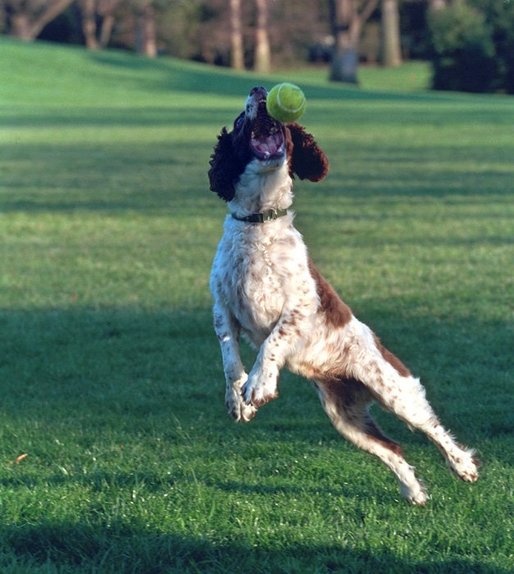
It is clear from the image besides that as the
person hits the ball from the bat the direction of motion of ball changes thus
changing the direction of motion of the ball
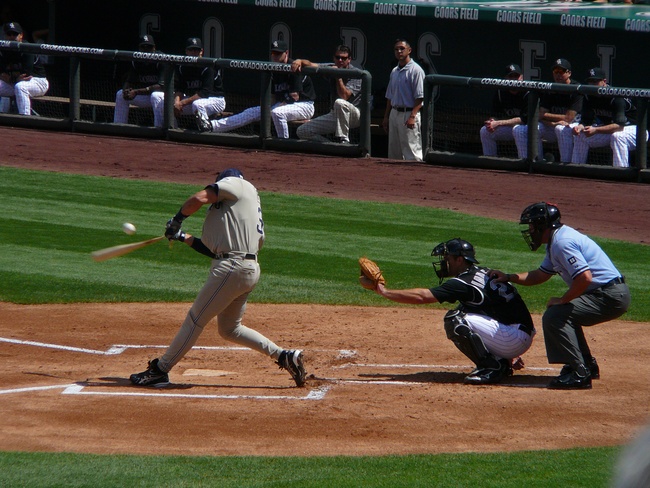
Does a force always result in motion? No, force always need not
change the direction of motion. For example: pushing a wall will not result is
change of its motion, etc
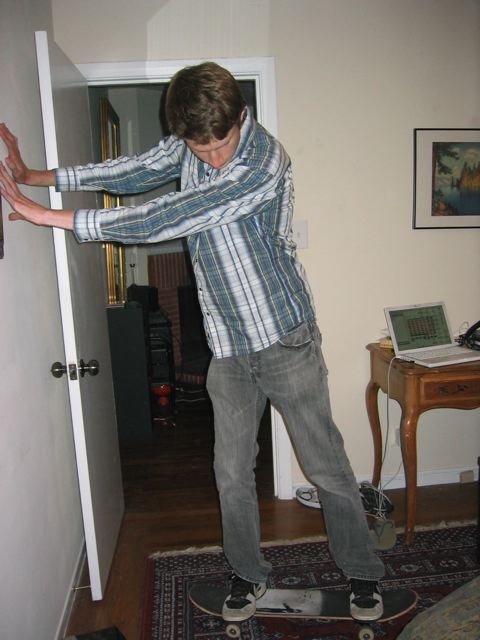
Conclusion: It might be concluded that whenever the direction of force is in the direction of motion than the speed of object increases and whenever it is opposite to the direction of motion it speed decreases. And force always need not change state of motion.
Change in shape of an object
Example 1: As clear from the image when a force is applied
to a fixed spring in the direction
of arrow then the spring gets extended thus changing its shape

Simillarly the spring gets
compressed if the direction of force was opposite to the direction applied in
above picture.
Example2: A very common observation that when we try to
pull rubber band, it gets elongated.
Types of Forces
Contact Forces
- Muscular Forces: Muscles functions to produce a force which is known as muscular force. It acts during the basic day to day work of our life such as breathing, digestion, lifting a bucket, pulling or pushing some object. Since Muscular force can be applied on objects only when it is in contact with the object, it comes under contact force category
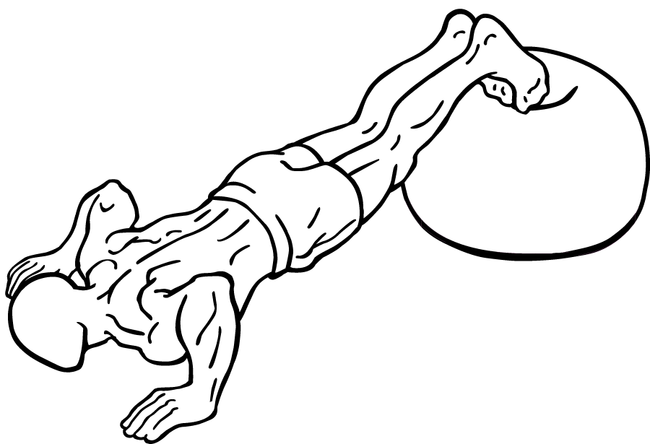
- Friction: Ever imagined that why do a ball stop rolling on the ground. As we know that if an object changes its state of motion than some force is always responsible for it. In this case the force is Friction. As seen from the image beside, we generally use to light match stick using the friction force, which comes into picture when we rub it against the paper on match box.
- The force of friction also arises because of contact between to surfaces.
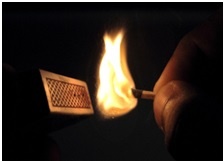
Non Contact Forces
- Magnetic Forces: We already know that like poles of magnets repel each other and unlike poles attract each other
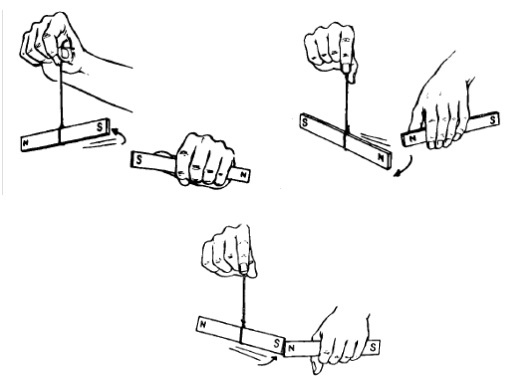
Now
these attractions and repulsions can be considered as force or in simpler words
as push and pull. As
magnetic attraction can occur even when magnets are not in contact, it comes
under Non-contact forces category
- Electrostatic Forces: Force exerted by a charged body on another charged body is known as electrostatic force. This force comes under category of Non-contact forces as because it occurs even when bodies are not in contact
- Ex: As in
the figure pieces of paper get attracted to a CD which was rubbed to a
piece of cloth
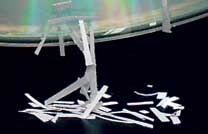
- Gravitational Forces: Whenever we toss a coin, it goes up for some time but finally starts coming down, thus there is a change in state of motion of coin. So there must be a force responsible for it. Object tends to fall towards earth because it pulls them. This force is known as Gravity.
- Every object in the universe tend to attract each other because of gravitational force.
- In the image, person fall towards the surface of the earth because of the force of gravity, which attracts it
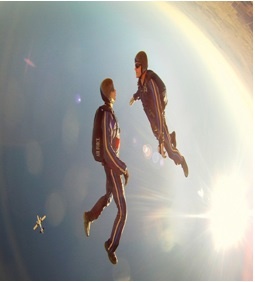
To
understand more about gravity you can refer to the VIDEO below
Pressure
Pressure is defined as ratio of the force to the area (over which the force is acting). Mathematically, it can be stated as:

Observing
the above formula, it is clear that if the area on which force is acting
decreases, pressure increases.
Now consider the following example:
It is easier to hammer a sharp pin respective to a blunt pin. This is possible because area at the end of sharp pin is smaller than area at the end of blunt pin. The final result of which is increase of pressure in case 1 (hammering a sharp pin) compared to case 2 (hammering a blunt pin)
Pressure exerted by liquids and gases
Pressure exerted by liquid at the bottom of the container (in which it is filled) depends upon the height of water filled in the container.
Liquid also exerts pressure at the side walls of the container, and value of pressure at any point depends upon the amount of water above that point. Therefore liquid exerts same pressure at a particular level, since in a container the height of liquid above a surface is same for all the points
Gases too exert pressure on the wall of container containing them
Atmospheric Pressure
Earth’s atmosphere is defined as layer of gases surrounding the earth. So this air surrounding the earth exerts a pressure known as atmospheric pressure. To understand the how huge the magnitude of atmospheric pressure is, consider the experiment by Otto von Guericke
Otto von Guericke created a pump which was capable of creating vacuum inside a vessel ( by pumping out the air of a vessel). He did the following demonstration in his hometown to understand how huge the magnitude of atmospheric pressure is. He joined two metallic hemispheres of 50cm diameter each and pumped out air between them. Then he took 16 horses, in 2 teams of 8, and strapped them to each hemisphere. And they could not separate the hemispheres.
